The concept of urban hiking has gained significant popularity in recent years, offering a perfect blend of exercise, exploration, and cultural immersion without leaving city limits. Unlike traditional countryside trekking, urban hiking allows adventurers to discover hidden gems within metropolitan areas while enjoying the convenience of urban amenities.
Europe’s historic cities, with their centuries of layered development, diverse architecture, and abundant green spaces, provide some of the world’s most fascinating urban trails. Here is a list of 15 European cities that offer exceptional urban hiking experiences, combining natural beauty, historical significance, and unique urban landscapes.
Lisbon
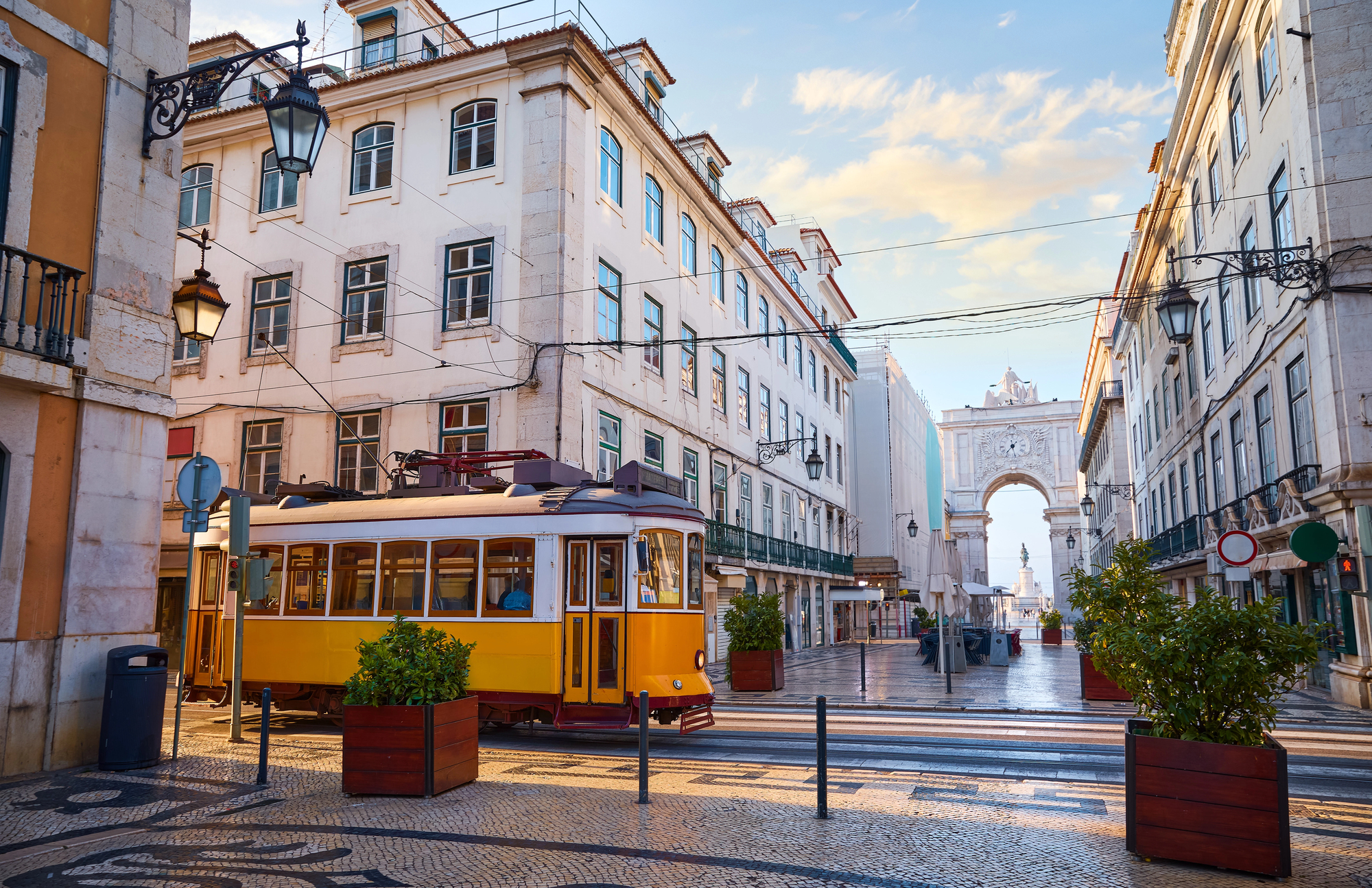
Portugal’s capital spreads across seven steep hills, providing challenging inclines and rewarding panoramic viewpoints that rival any mountain trek. The ancient neighborhoods of Alfama and Bairro Alto feature narrow, winding streets lined with colorful facades and intricate tilework that changes character with every turn.
Walking the city’s miradouros (viewpoints) creates a natural circuit that reveals Lisbon’s relationship with the Tagus River from multiple perspectives.
Ljubljana
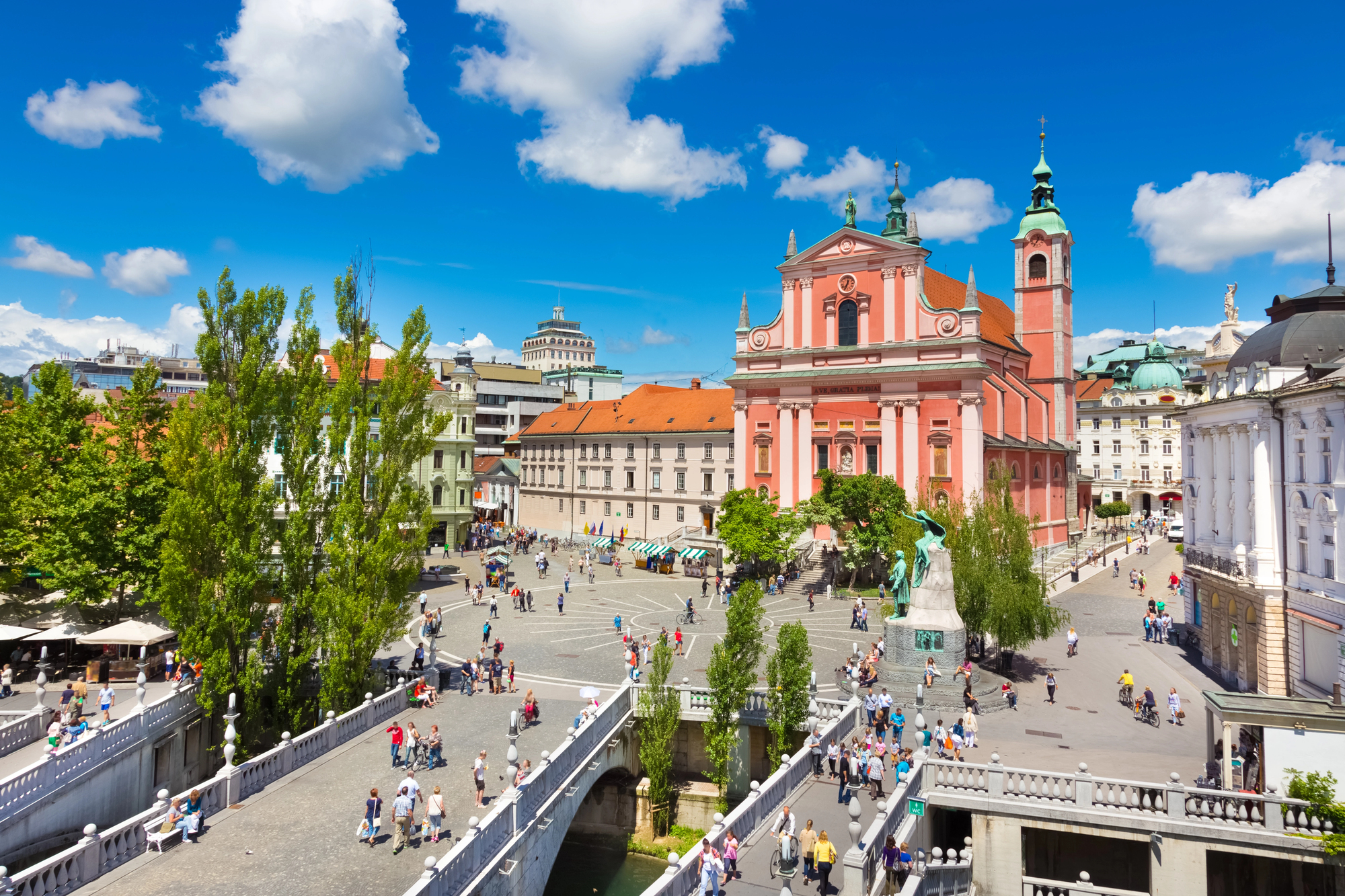
Slovenia’s compact capital features an extensive car-free zone surrounding its emerald river, creating perfect conditions for uninterrupted urban exploration. The architecture showcases an appealing mix of Baroque, Art Nouveau, and modernist styles against a backdrop of forested hills.
Castle Hill provides a central climbing challenge, with trails leading through wooded paths to medieval fortifications that offer 360-degree views of the Alps and the city below.
Barcelona
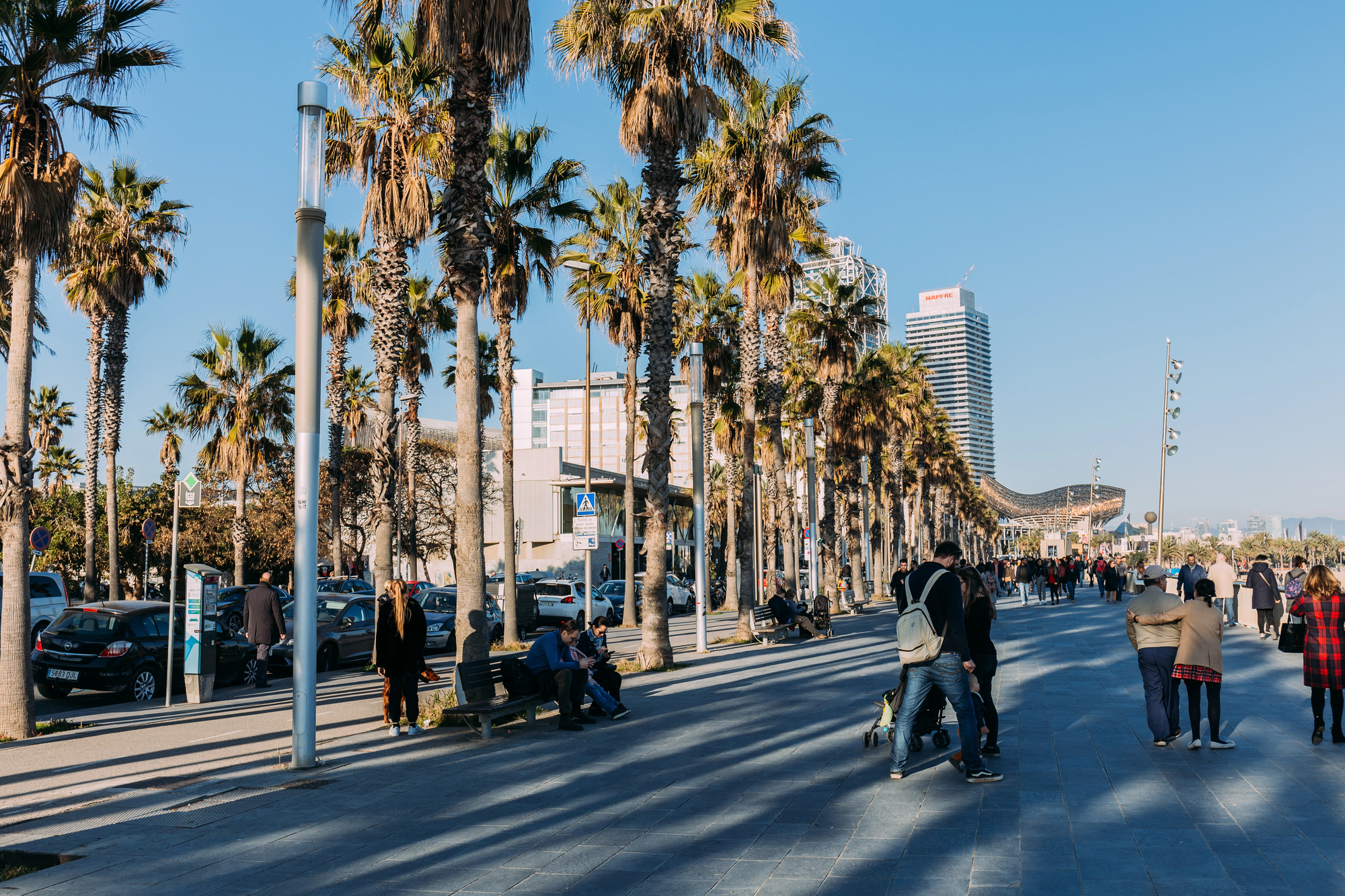
The Collserola Natural Park forms a green ridgeline above this Mediterranean city, with numerous access points from residential neighborhoods. Urban trails connect Gaudí masterpieces through the grid-like Eixample district before climbing to Park Güell’s whimsical landscapes and breathtaking city views.
The beachfront promenade extends for nearly three miles, allowing hikers to include coastal segments in routes that showcase Barcelona’s remarkable geographic diversity.
Like Travel Pug’s content? Follow us on MSN.
Edinburgh
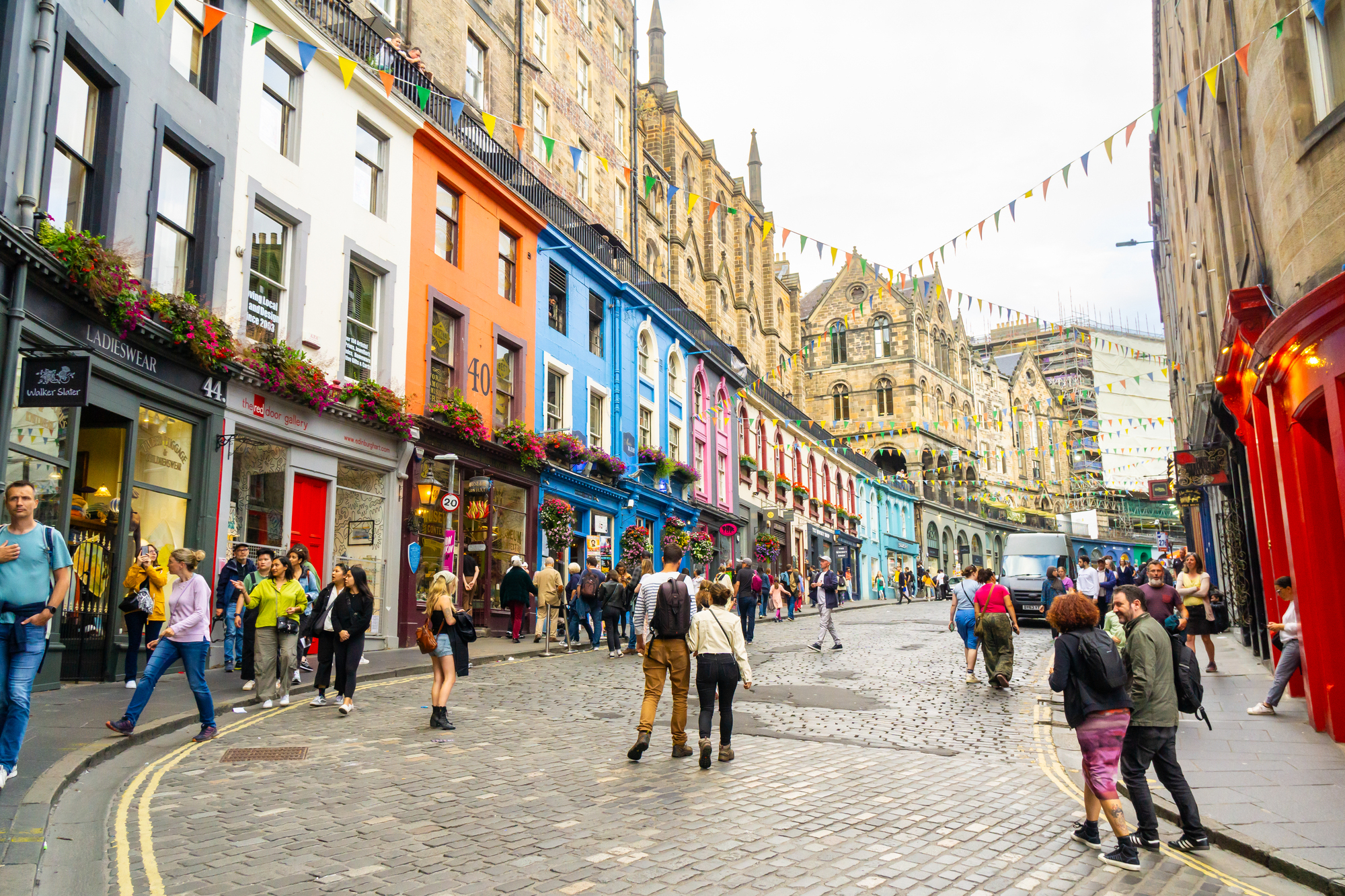
Scotland’s capital sits dramatically atop extinct volcanoes, creating natural elevation changes perfect for urban hiking adventures. Arthur’s Seat, rising 820 feet above sea level, provides a genuine wilderness experience within a mile of medieval streets and royal palaces.
The Water of Leith walkway cuts through the city for 12 miles, offering a green corridor past historic mill villages that were eventually absorbed into the growing urban area.
Lyon
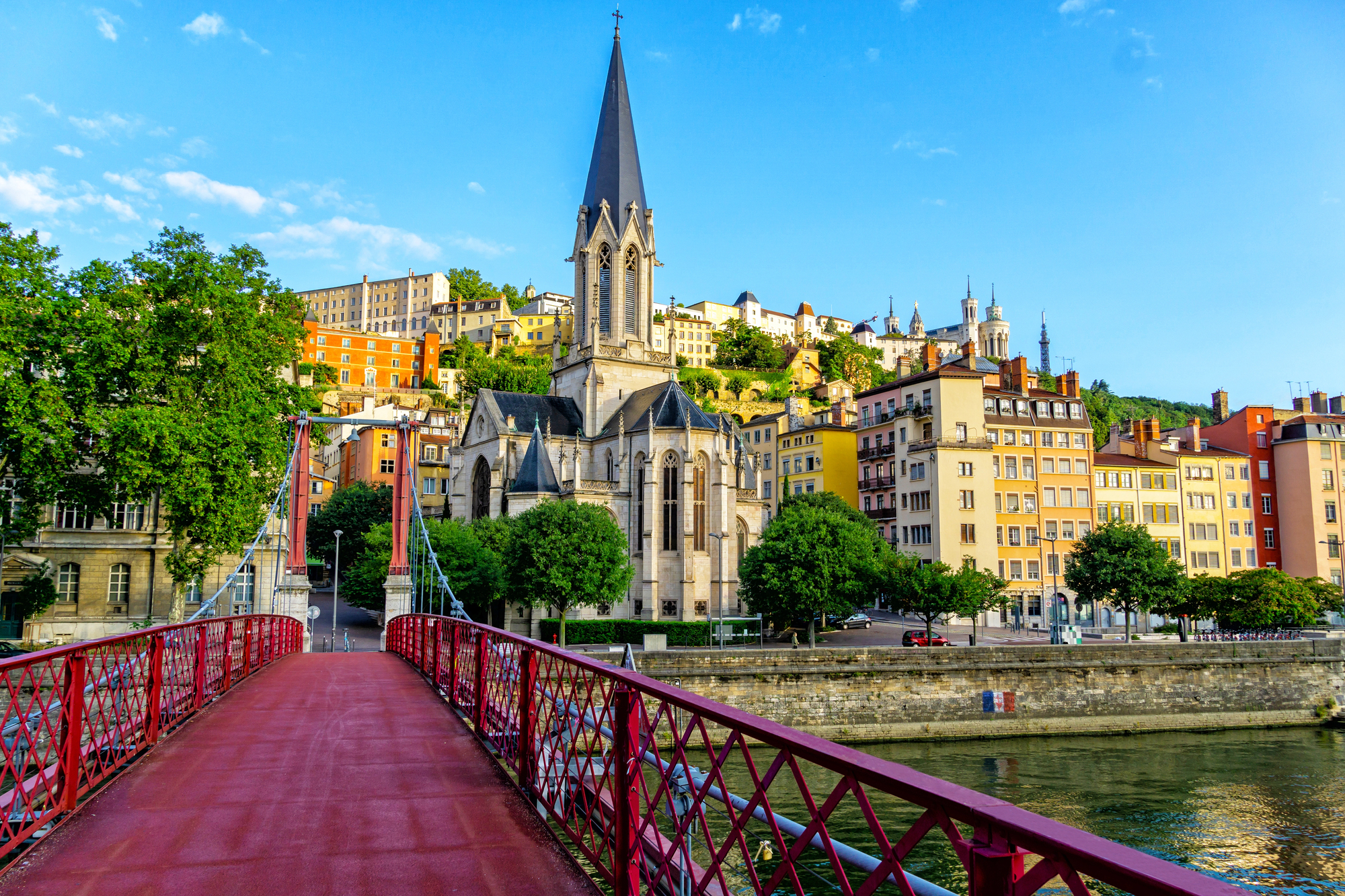
Positioned at the confluence of two major rivers, Lyon features extensive riverside paths and dramatic elevation changes between its ancient hilltop districts and modern valley developments. The hidden passageways known as ‘traboules’ create shortcuts through historic buildings, allowing urban hikers to create routes impossible to follow by car.
Croix-Rousse hill provides challenging ascents with each staircase revealing new perspectives of France’s gastronomic capital.
Stockholm
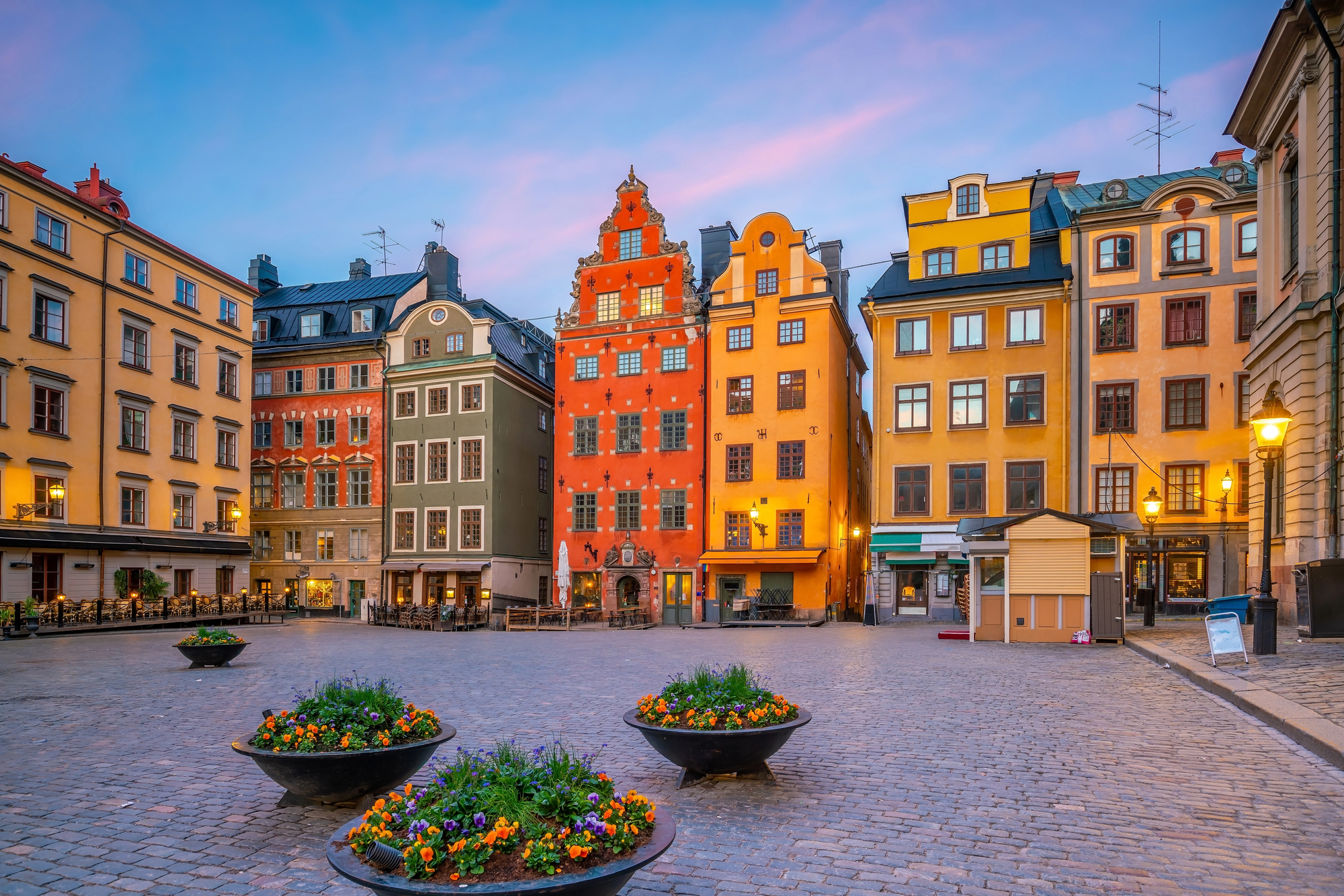
Built across 14 islands, Sweden’s capital offers unique urban hiking potential with trails crossing bridges and ferry connections. The Royal National City Park forms the world’s first urban national park, stretching six miles through the city center with trails passing palaces, museums, and ancient oak forests.
Seafront paths circle many islands, providing routes where urban hikers frequently spot wildlife, including deer and foxes, surprisingly close to downtown areas.
Like Travel Pug’s content? Follow us on MSN.
Porto
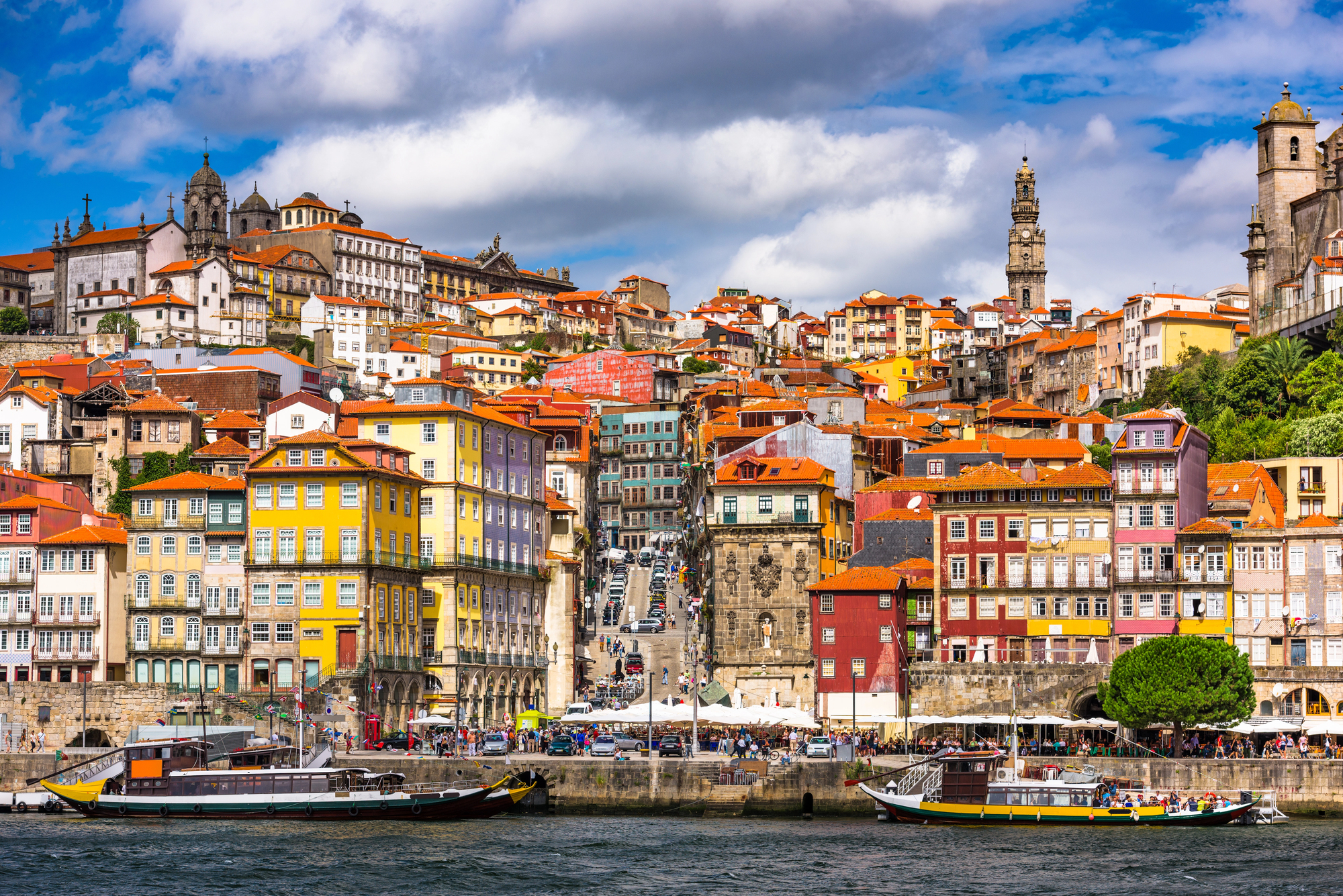
Northern Portugal’s hillside city features dramatic elevation changes between the Douro riverside and upper town districts. Ancient stairways known as ‘escadas’ connect neighborhoods through shortcuts impossible to discover by vehicle, revealing hidden plazas and viewpoints.
The double-deck Dom Luís I Bridge serves as both a crossing point and viewing platform, forming a centerpiece for circular routes exploring both Porto and Vila Nova de Gaia on opposing riverbanks.
Budapest
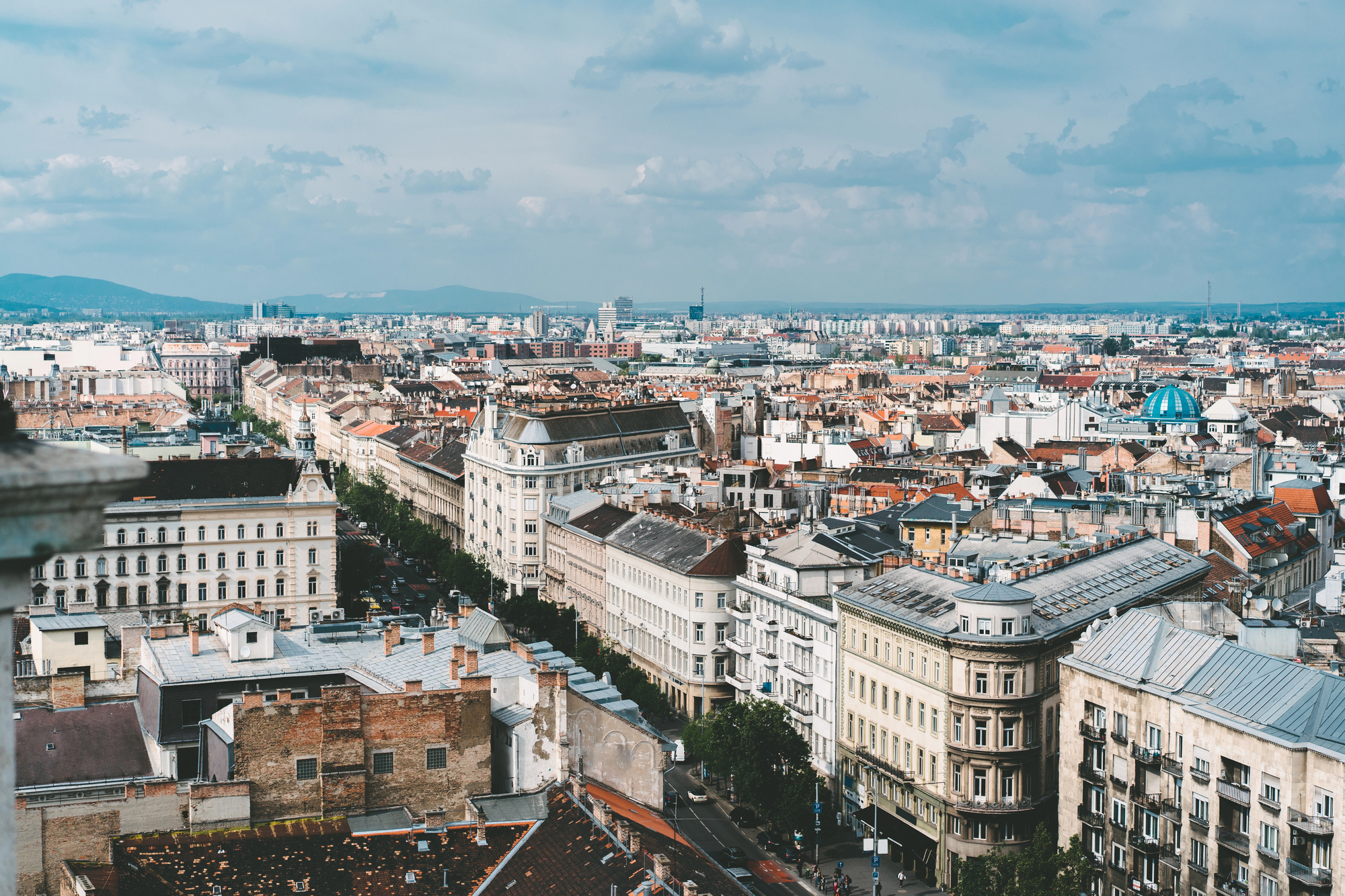
The Buda Hills provide extensive hiking networks with trailheads accessible via public transportation from city neighborhoods. Paths along the Danube connect thermal baths, parliament buildings, and castle districts through landscaped embankments designed for pedestrians.
Margaret Island forms a two-mile-long car-free environment in the river’s center, perfect for incorporating into longer routes exploring both sides of this twin city.
Munich
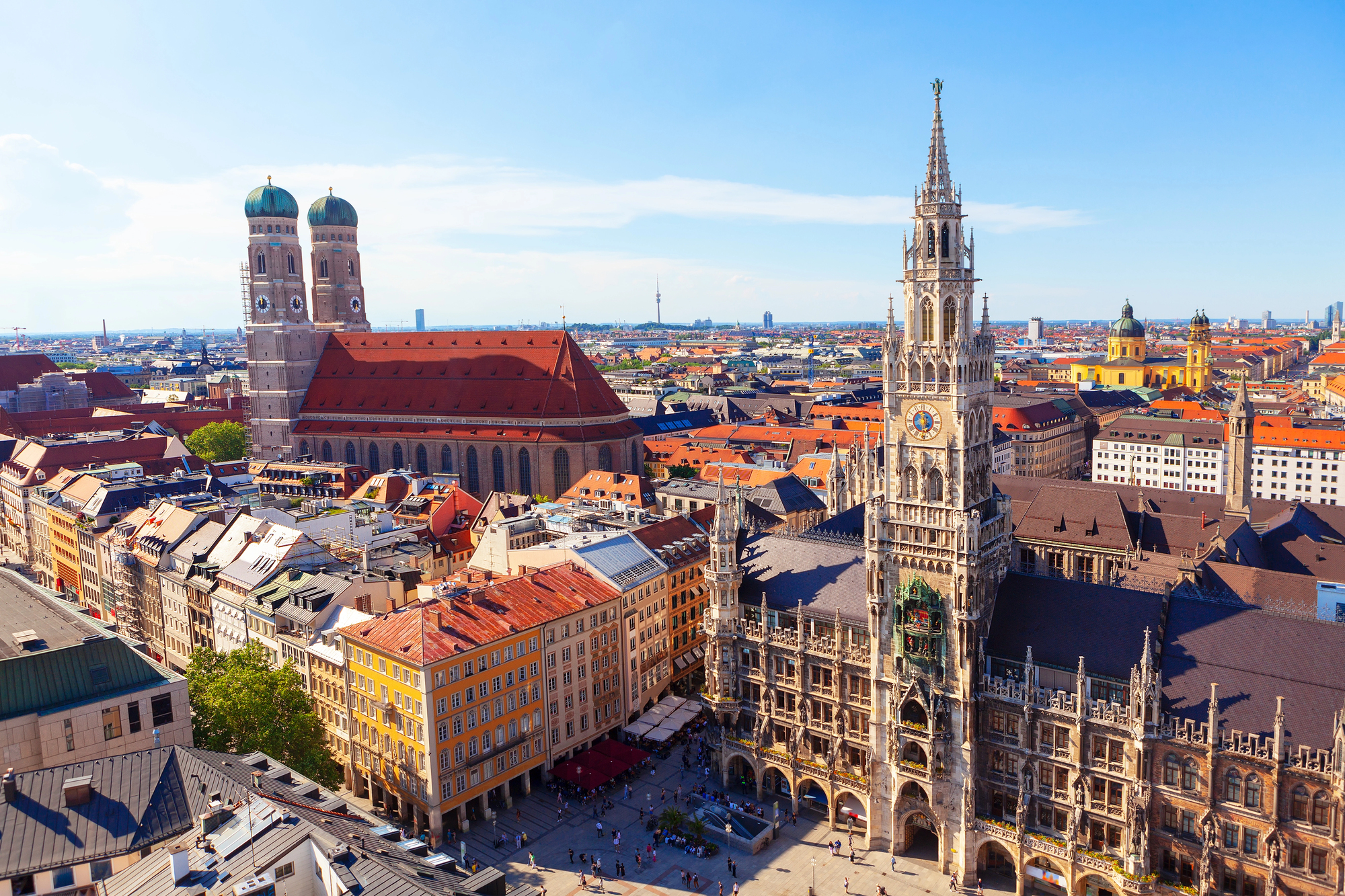
The English Garden ranks among Europe’s largest urban parks, with nearly 50 miles of trails passing meadows, beer gardens, and a surprisingly powerful standing wave where river surfers perform year-round. Green corridors follow the Isar River through the city center with paths on both banks, allowing custom loops of varying distances.
Former Olympic grounds provide additional car-free zones with elevated walkways offering unique perspectives of Bavarian architecture against Alpine backdrops.
Like Travel Pug’s content? Follow us on MSN.
Dubrovnik
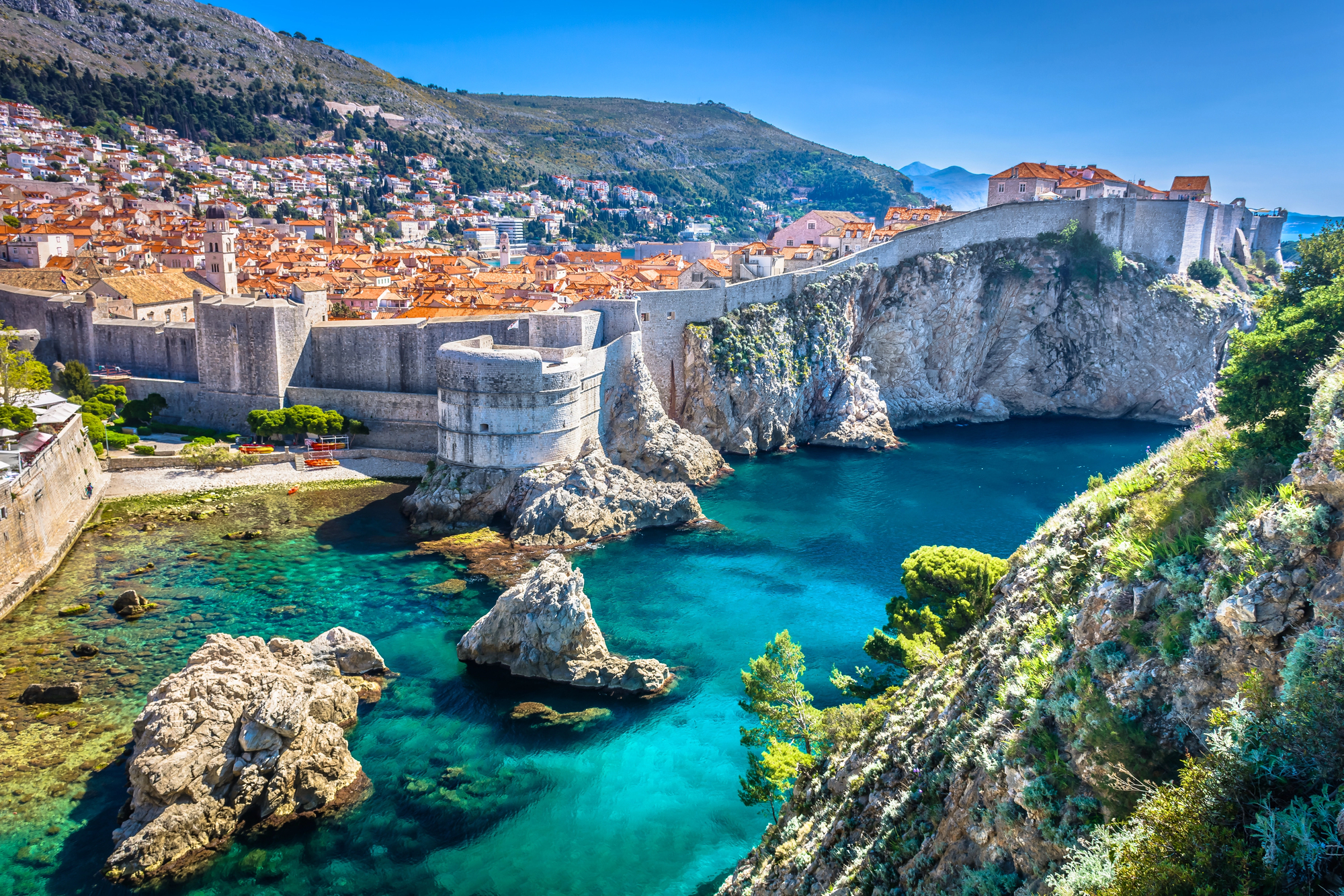
The medieval walls form a complete 1.2-mile circuit around the historic core, elevated above narrow marble streets and terracotta rooftops. Mount Srđ rises dramatically behind the city, accessible via switchback trails to a fortress offering spectacular Adriatic panoramas spanning three countries on clear days.
Coastal paths extend beyond city boundaries, connecting hidden coves and beaches inaccessible by road but perfect for cooling off during warmer months.
Copenhagen
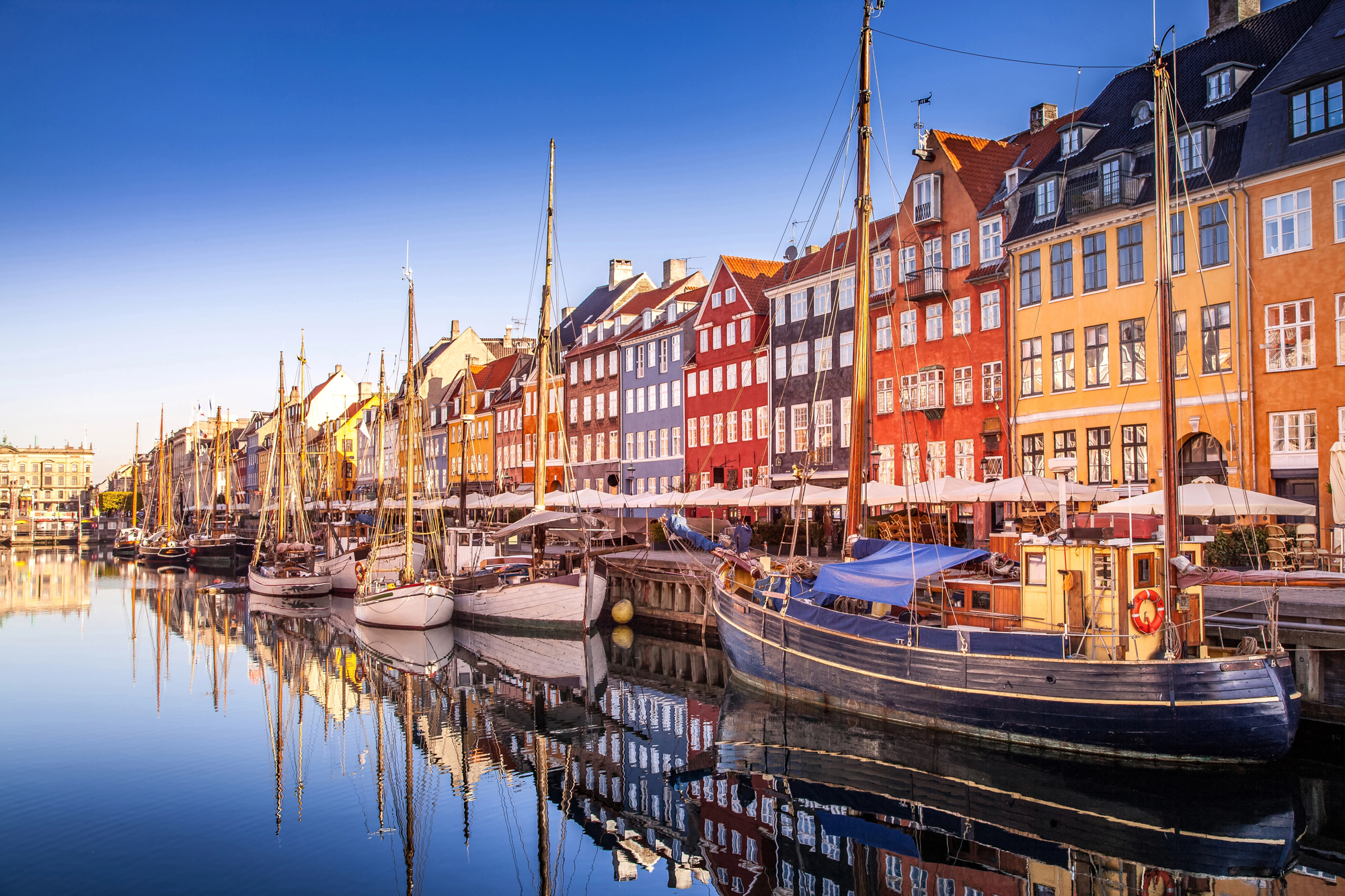
Denmark’s capital features harbor swimming areas connected by waterfront promenades ideal for incorporating into urban treks. Green corridors follow former defensive ramparts in star formations, creating logical circular routes through diverse neighborhoods rarely visited by conventional tourists.
The Round Tower provides a unique spiral ascent with no steps, instead featuring a gradually sloping 686-foot ramp originally designed for rolling astronomical equipment to the observatory.
Florence

Seven historic hills surround this Renaissance jewel, with trails passing ancient monasteries and offering iconic views of the terracotta dome dominating the skyline. The Rose Garden and Piazzale Michelangelo provide elevated perspectives of the Arno River as it curves through the historic center below.
Lesser-known paths through the Oltrarno district reveal artisan workshops continuing traditions established during the Medici era in areas few guided tours ever reach.
Like Travel Pug’s content? Follow us on MSN.
Tallinn
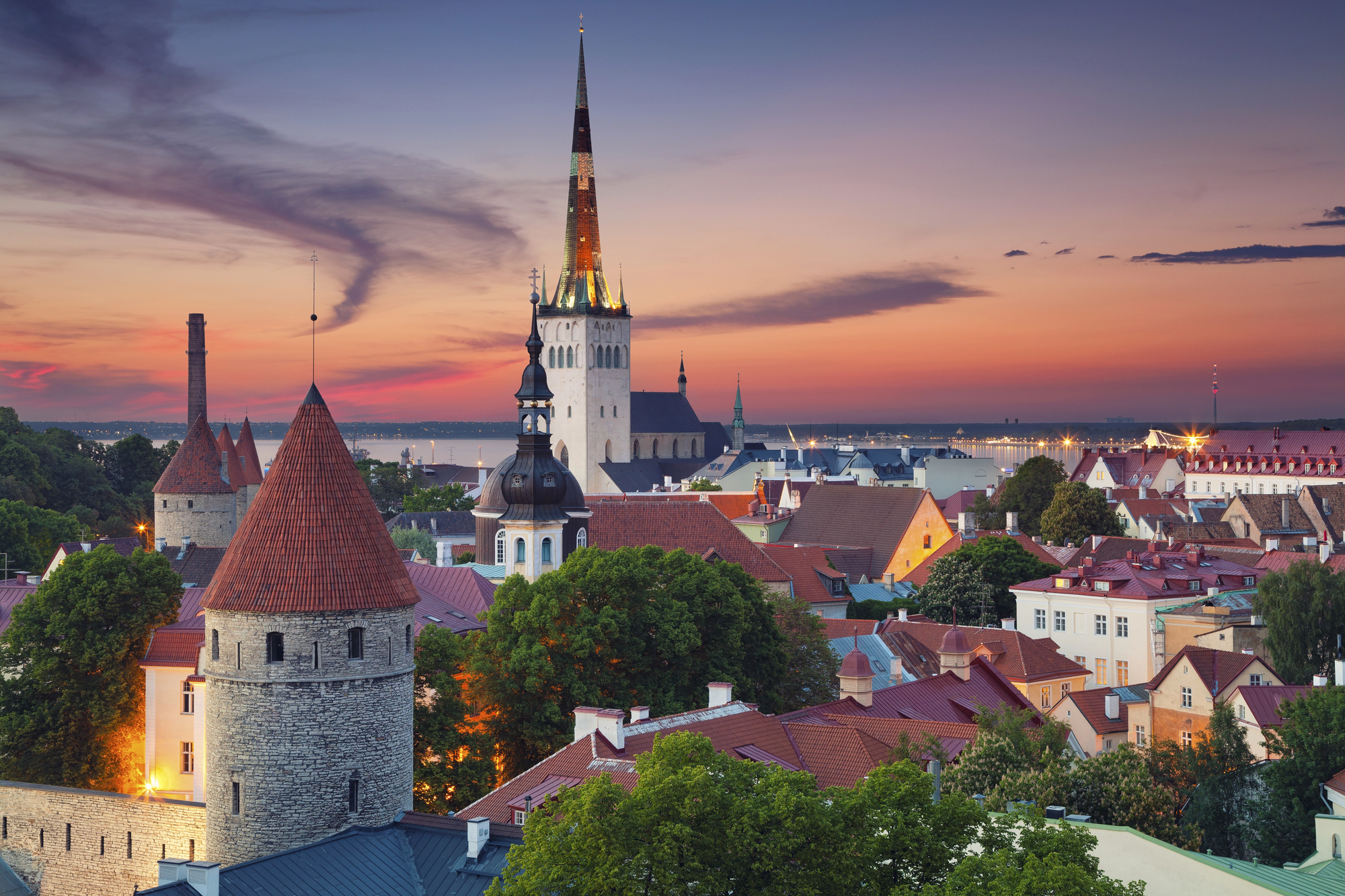
Estonia’s capital retains nearly two miles of its original medieval walls with connected towers open for climbing and exploration. Limestone cliffs at the city edge feature woodland trails with periodic openings revealing views across the Baltic Sea.
The former Patarei Prison complex and abandoned Linnahall concert venue offer hauntingly beautiful industrial landscapes along the waterfront, creating fascinating contrasts with the perfectly preserved medieval core.
Basel
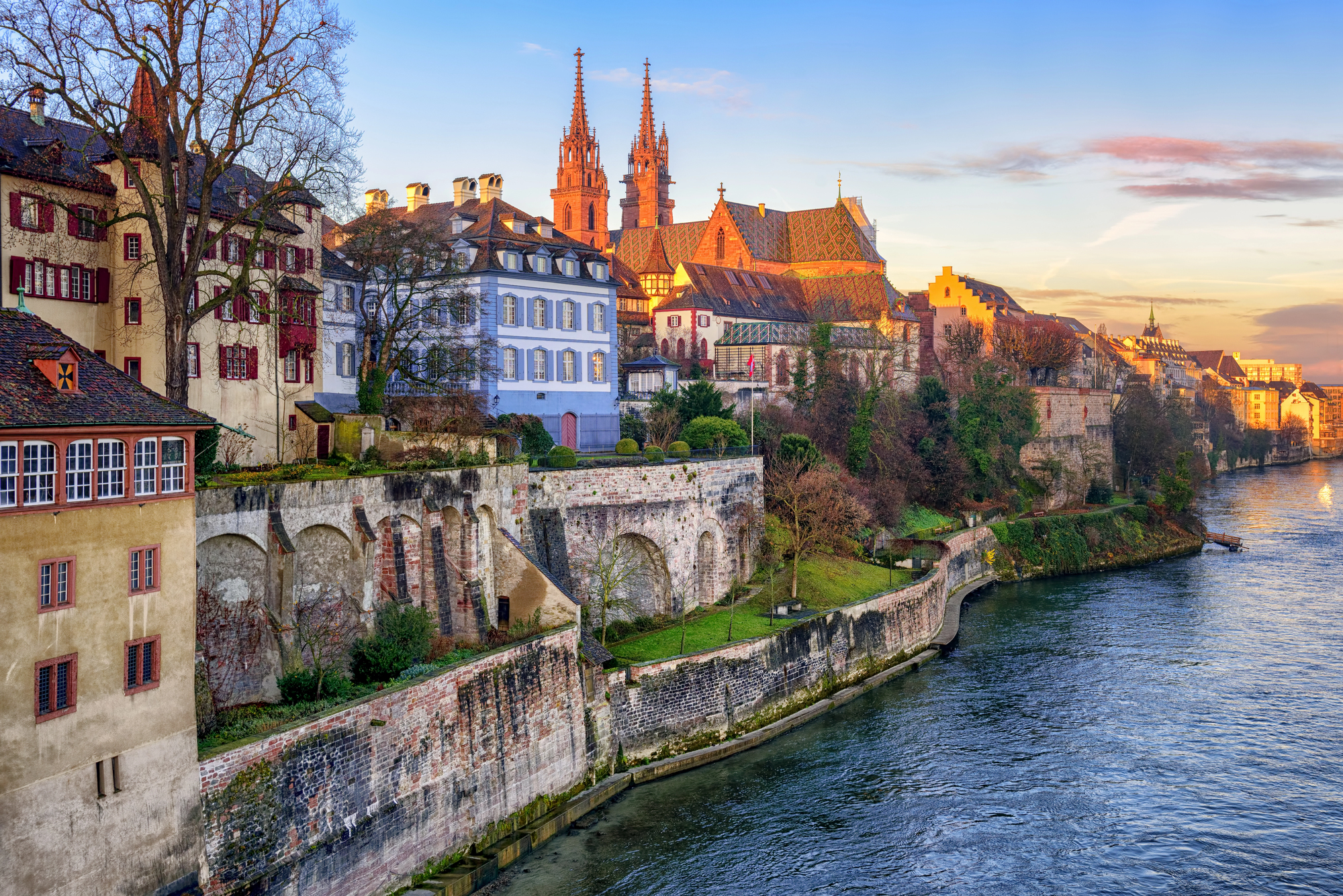
Positioned where Switzerland, France, and Germany meet, three distinct national urban planning philosophies create fascinating transitional zones for exploration. The Rhine bisects the city with waterfront paths leading past museum districts before connecting to countryside trails within walking distance of central squares.
Industrial heritage areas feature repurposed factories transformed into cultural spaces, connected by color-coded urban hiking routes developed by the city’s tourism board.
Athens
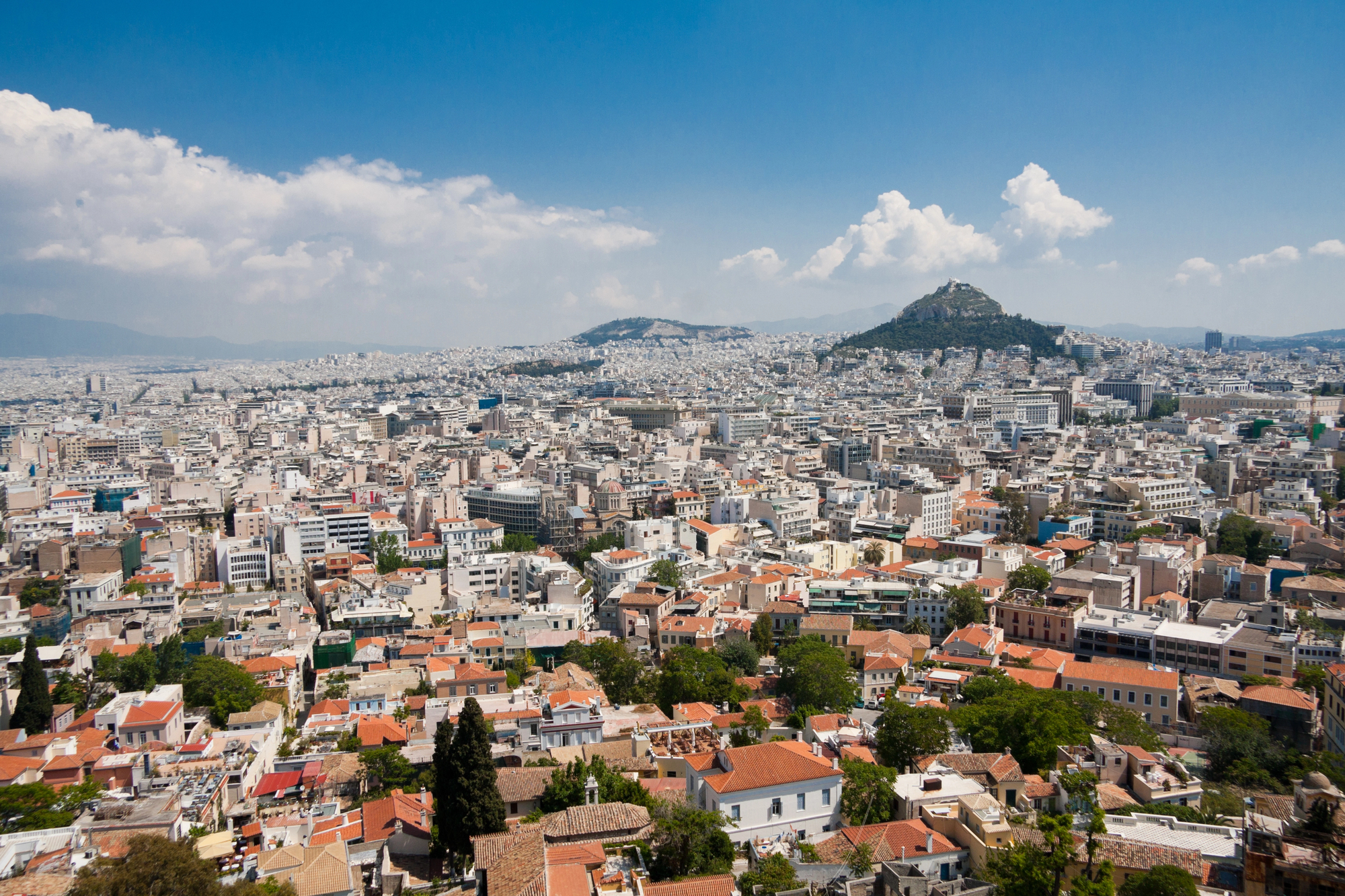
Ancient pathways have been revitalized into a unified network called the Grand Promenade, connecting archaeological sites through pedestrianized corridors. Philopappou Hill, Lycabettus Hill, and the Acropolis form a natural triangular circuit with elevation gains revealing how the modern city surrounds its ancient foundations.
Coastal tram routes allow one-way urban hikes from the city center to seaside suburbs, combining historical exploration with Mediterranean swimming opportunities.
Like Travel Pug’s content? Follow us on MSN.
Elevated Perspectives
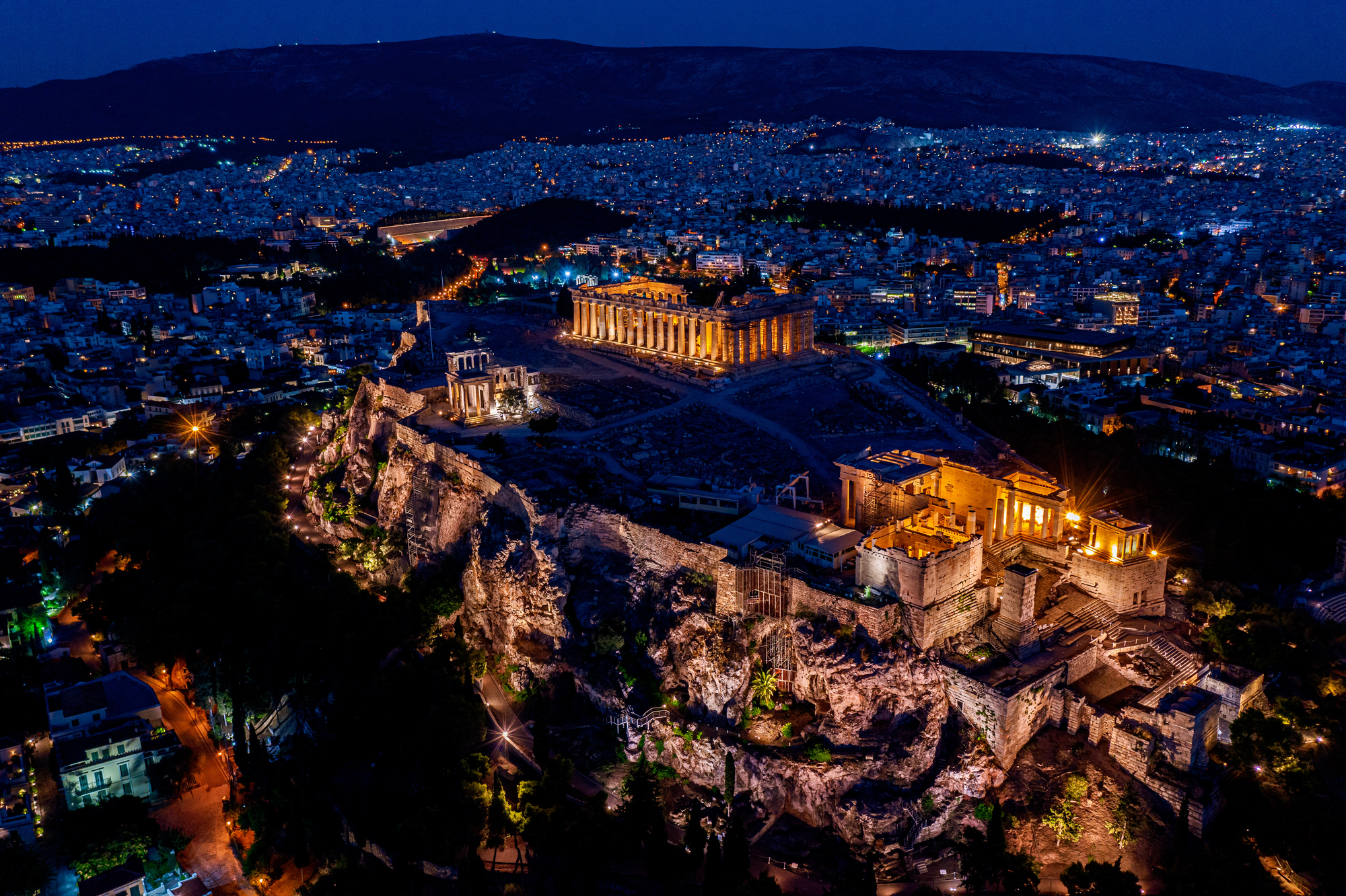
These European urban hiking destinations prove that meaningful outdoor experiences don’t require leaving metropolitan areas behind. Ancient pathways and modern pedestrian developments have created remarkable networks where travelers can experience authentic local culture while maintaining active lifestyles.
Whether following medieval walls, riverside promenades, or hillside staircases, these 15 cities remind us that sometimes the most rewarding journeys happen when we explore the extraordinary landscapes that exist between buildings rather than beyond city limits.
More from Travel Pug

- Cities Growing so Fast You Won’t Recognize Them in 10 Years
- 13 Destinations Where Tourists Regularly Regret Their Trip
- 16 U.S. Cities That Are Quietly Becoming Travel Hotspots
- Where to Travel If You Love Long Bus Rides and Daydreams
- 20 Cities Perfect for Solo Travelers Who Crave Adventure & Culture
Like Travel Pug’s content? Follow us on MSN.
